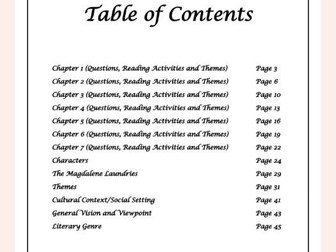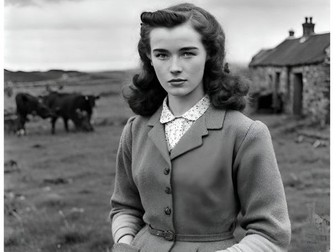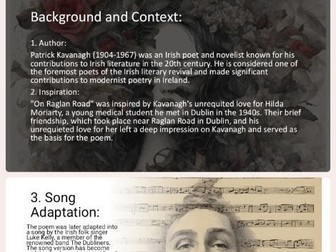Small Things Like These by Claire Keegan Reading Companion
<p>A 46 page Reading Companion to accompany the study of Claire Keegan’s Small Things like These.<br />
This resource includes comprehension questions, reading activities and an outline of the themes for each of the chapters 1 to 7. It also contains character analysis. The history of the Magdalene Laundries is detailed as well as notes on all modes of comparison for Leavig Certificate Comparative Study; Themes, General Vision and Viewpoint, Literary Genre and Cultural Context.</p>


